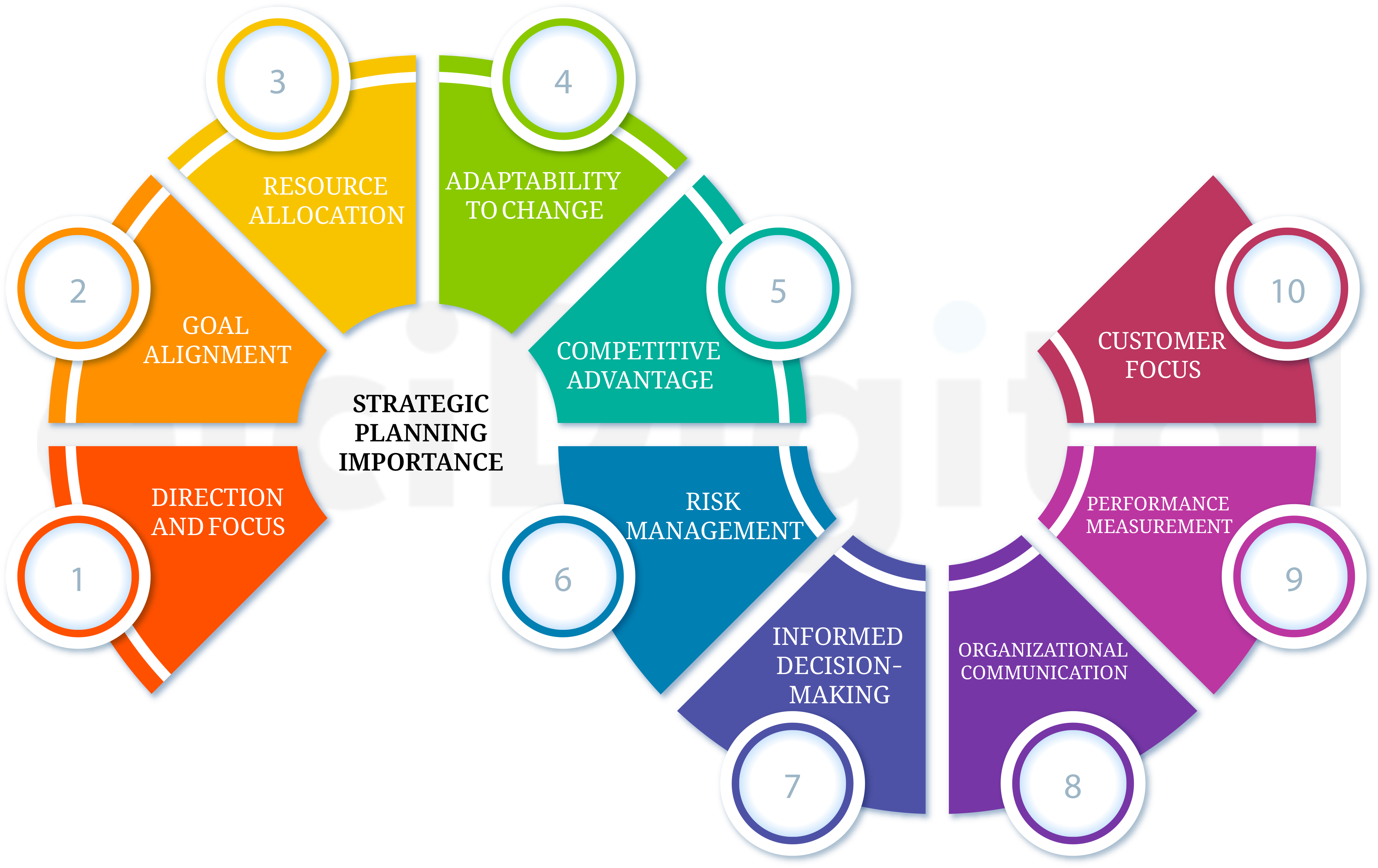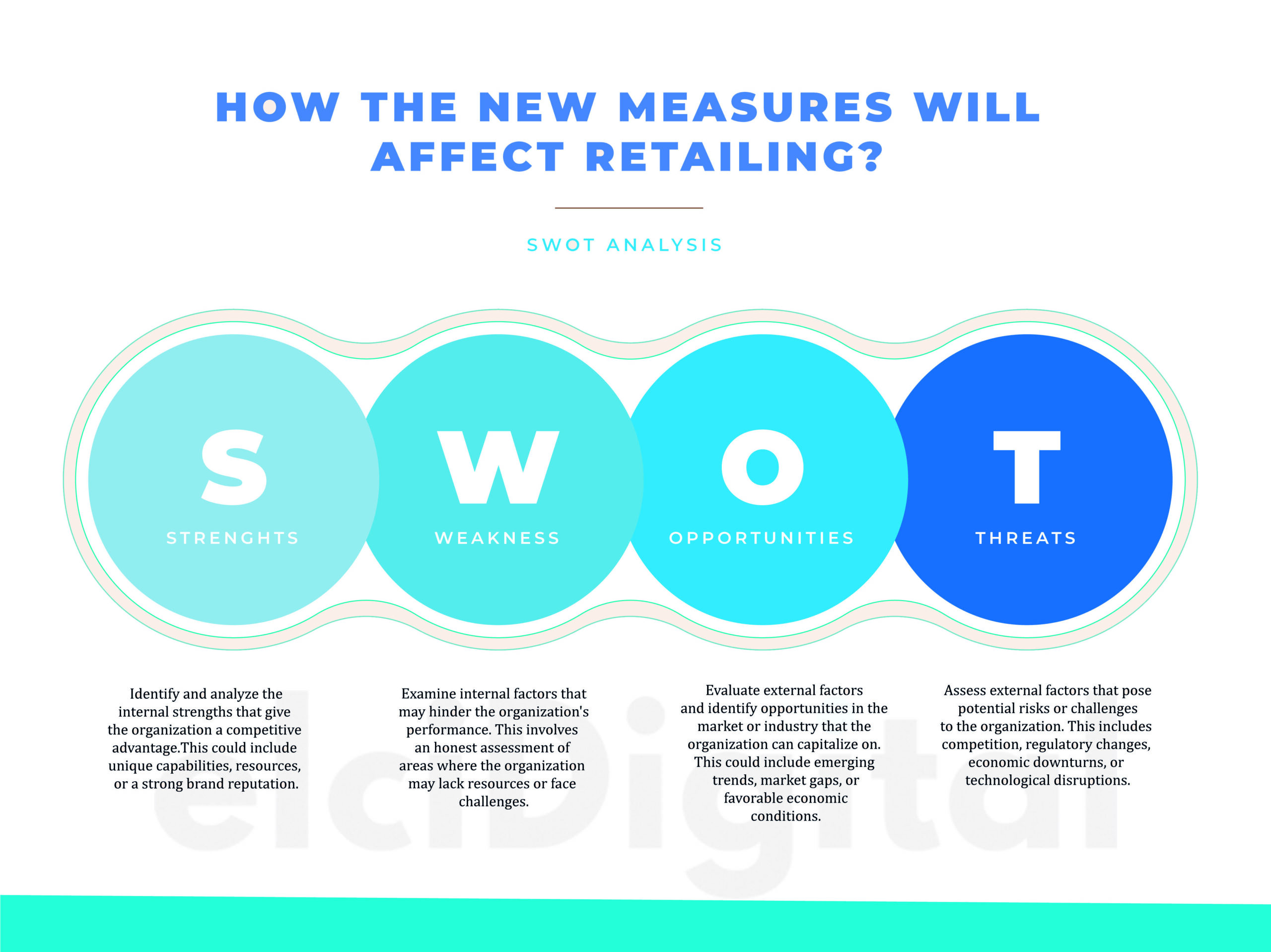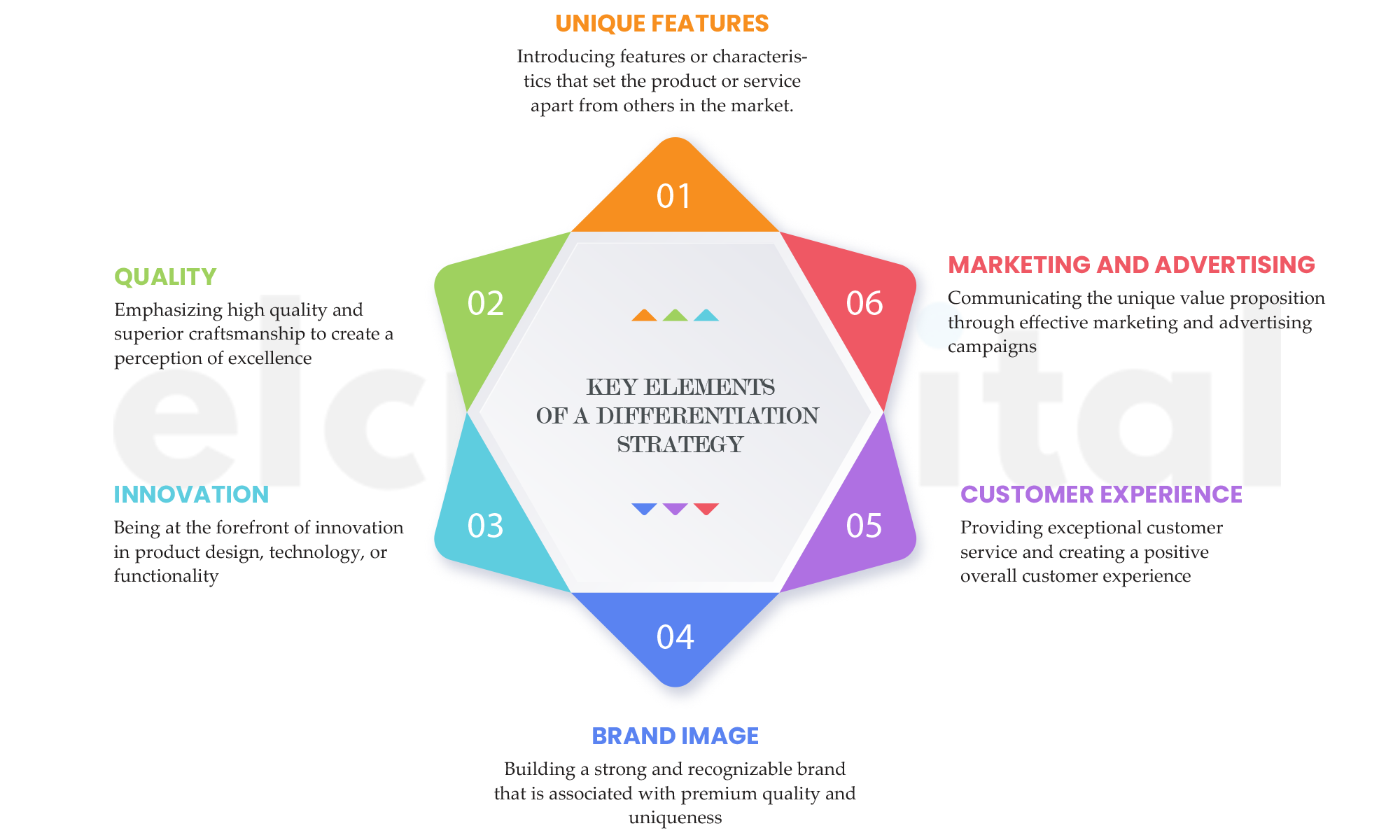BUSINESS STRATEGY
1. What is a Business Strategy
Any business’s ability to succeed is based on how well the plan it employs works. A strategy outlines a business’s approach to growing profitably and competing in a given market. Companies all over the world sell products and services in cutthroat markets, wherein in order to stay in business, they must boost value for owners and shareholders. This necessitates a plan that aids managers in directing their choices and efficiently allocating resources to meet important goals. Another name for this plan is a corporate strategy.
A company’s business strategy refers to the strategic measures it takes to generate value for its stakeholders and the organisation as a whole, as well as to provide it a competitive edge in the marketplace. This plan is essential to a business’s success and must be in place before any products or services are made or rendered.
An effective strategy is based on three main questions, according to the Business Strategy course offered online by Harvard Business School:
How can my business create value for customers?
How can my business create value for employees?
How can my business create value by collaborating with suppliers?
KEY ELEMENTS OF A BUSINESS STRATEGY

Every prosperous company has a plan and is aware of its future direction. Before starting a firm, a plan that includes objectives, deadlines, and a purpose should be finalised. The organisation has a roadmap to pursue if it takes the time to regularly assess its previous success and project its future performance.
Most businesses fail because they lack strategic planning, which includes understanding where they want their firm to go and where it is currently. With the help of a strategic plan, you can identify what matters, how to get there, potential hazards, and irrelevant information. We go over some of the benefits of strategic planning as well as its implementation below.
Most organisations start their strategic planning process with a business plan. You probably created a mission statement, a budget, and a marketing and promotion plan when you first started your company. Although the business plan is an excellent place to start, as the company develops and evolves, it must be reviewed and modified. It will no longer function as the cornerstone of your company that it was intended to if you stuff it into a drawer and let dust to accumulate on it.
A lot of factors, such as your personal tastes, the size of your firm, and the time span involved, will affect how you approach strategic planning. The goal-based plan style is the most popular. This kind of plan lays out the steps that must be taken to achieve the business’s financial and non-financial goals.
Finding the time to plan your business might be challenging. While generating income or addressing other, more urgent matters may take your focus, setting aside time on a regular basis will help you stay on top of your business.
Setting aside a few hours each day or each week to work on your strategy need to be a regular aspect of your company’s activities. To make sure your company is moving forward as planned, use that time to review last week’s financial results and revise any marketing campaigns. If not, you’ll have to make changes in order to get back on course.
It is impossible to overestimate the significance of strategic planning for a company. It functions as a fundamental procedure that affects the general course and prosperity of the enterprise. Strategic planning is essential for the following main reasons:

Organisations need strategic planning because it gives them a clear direction and purpose, helps them match their goals with their mission, and makes resource allocation more efficient. By utilising strengths and comprehending market dynamics, it fosters a competitive edge and improves adaptability to change. Risk management, methodical analysis-based decision-making, and the establishment of key performance indicators for ongoing evaluation are all aided by strategic planning. By emphasising resilience over quick wins, the method improves organisational communication, inspires workers with a sense of purpose, and promotes long-term sustainability. Organisations may improve customer happiness and loyalty by aligning their plans with demands, which can lead to long-term success. Essentially, strategic planning is a proactive and dynamic process that gives organisations the tools they need to successfully prioritise tasks, negotiate complexity, and lay the groundwork for long-term success.
2. Strategic Planning Process
Business executives lay out their goals for the expansion of their company and how they intend to achieve them through strategic planning. Your organization’s goals, development, and actions are guided by its strategic plans. For this reason, developing a strategic plan would probably be advantageous if you work for a small business or startup. Having a clear understanding of your organization’s direction allows you to make sure that your teams are working on the most impactful projects.
In addition to assisting you in determining your direction, the strategic planning process produces a document that you can distribute to stakeholders and staff to keep them updated. We’ll guide you through the process of creating a strategic strategy in this article.
A strategic plan is a tool for outlining the objectives of your company and the steps you’ll take to get there. A strategic plan often consists of the vision and mission statements for your organisation, your long-term goals (along with your short-term, annual targets), and an action plan outlining the measures you’ll take to make the necessary progress.
Organisations use the methodical and iterative process of strategic planning to determine their future, make well-informed decisions, and allocate resources efficiently. The following crucial steps are usually involved in the process:
Environmental Analysis: Companies start by carefully examining all aspects of their external environment, such as economic variables, competition activity, and market trends. Tools like a SWOT analysis (evaluating strengths, weaknesses, opportunities, and threats) and PESTEL analysis (evaluating Political, Economic, Social, Technological, Environmental, and Legal aspects) are frequently used in this stage.
Mission, Vision, and Values Development: Organisations express their values (fundamental ideas and ideals), vision (the ideal future state), and mission (the reason for their existence). These components give workers a feeling of direction and form the basis for making strategic decisions.
Goal Setting: Specific goals and objectives are set based on the environmental analysis as well as the mission and vision of the organisation. To guarantee clarity and efficacy, these objectives ought to be SMART (Specific, Measurable, Achievable, Relevant, and Time-bound).
Strategy Formulation: To accomplish their objectives, organisations create strategies. This entails determining viable courses of action, assessing them in light of the organization’s resources and outside variables, and choosing the best approaches. Differentiation, cost leadership, and focus strategies are common strategic methods.
Action Planning: To put the selected methods into practise, comprehensive action plans are prepared. Task definition, responsibility distribution, deadline setting, and performance measurement establishment are all included in this. The action plans function as a guide for converting strategy into observable outcomes.
Resource Allocation: The financial, human, and technological resources needed for implementation are identified in the strategic plan. In order to facilitate the strategic initiatives’ implementation, organisations need to deploy their resources effectively.
Implementation: The organisation goes through the planned adjustments and the plans are put into practise. During this phase, it is important to have effective communication and leadership to guarantee that personnel comprehend the strategic objectives and their part in accomplishing them.
Monitoring and Assessment: To track the advancement of objectives, key performance indicators, or KPIs, are set up. Organisations may evaluate the success of their goals, pinpoint areas for development, and make necessary adjustments with the support of routine monitoring and evaluation.
Feedback and Learning: Organisations use feedback from monitoring and assessment to learn and grow. The strategic planning process is cyclical. The process of strategic planning as a whole and future strategies are improved by the lessons acquired.
Adaptation and Flexibility: Organisations need to be flexible and adaptable because the business environment is ever-changing. In response to modifications in the external or internal environment, plans can be modified through the use of the strategic planning process.

Setting strategic objectives and goals is a crucial step in the strategic planning process that determines the long-term ambitions of the organisation. Strategic objectives provide a clear direction for the strategic planning process. They are time-bound, quantifiable, and detailed statements that are in line with the organization’s mission and vision. In addition to objectives, goals are broad aspirations that provide context and drive for achieving strategic objectives; they are frequently qualitative in nature and may not have set deadlines. This process of defining goals is directly informed by the incorporation of a SWOT analysis.
While external possibilities and threats inform outward aims, interior strengths and weaknesses direct internal goals. Organisations can better match their objectives with their current capabilities and the external environment by utilising insights from SWOT analysis. If a business considers innovation to be a strength, for example, a strategic aim would be to “become a market leader in introducing cutting-edge products,” with targets like introducing a certain number of novel products in a predetermined amount of time. These elements work together, along with the SWOT analysis, to form the foundation of the strategic planning process. They provide a thorough understanding of the organization’s environment and provide a clear path for the strategy formulation, resource allocation, and implementation phases that follow.
3. Types of Business Strategies
3.1. Differentiation strategy
Offering a special and worthwhile product or service that rivals in the same industry can’t match is frequently crucial to the success of a business or brand. The essential components of a differentiation strategy are this provision of distinctive products or services and their successful marketing. By demonstrating to your target customer or market that your business can handle their problems in a way that sets it apart from the competition, an effective differentiation strategy can boost sales.
A differentiation strategy is a company method that involves offering clients something that sets them apart from products that their competitors might sell in the market.
Increasing competitive advantage is the primary goal of putting a differentiation strategy into practise. To do this, a business will typically assess its advantages and disadvantages, clientele, and whole value proposition.
A corporation can implement two primary types of differentiation strategies: a targeted differentiation strategy and a broad strategy.
What is a strategy of broad differentiation?
Creating a brand or company that stands out from the competition is the foundation of a comprehensive differentiation strategy. It will appeal to a wide spectrum of consumers and is applied to the sector.
What is a focused differentiation strategy?
A business using a focused differentiation strategy needs to meet the needs of a niche or small market and provide distinctive qualities to a product or service.
APPLE BROAD DIFFERENTIATION STRTEGY
Apple’s differentiation strategy takes into account a number of factors to set its products apart from competing offerings and even product alternatives. Because it caters to markets with monopolistic competition, this is a crucial component of its business strategy. These marketplaces are defined by fierce competition between multiple companies providing comparable, yet distinctive, products to a sizable target market.
Nevertheless, the company has taken steps and put strategies in place like the Premium Brand Image, the Minimalist Design Philosophy, the Hardware-Software Integration, the Closed Product Ecosystem, the Retroactive-Proactive Approach, and the Focus on Retail Experience in order to set itself apart from the competition, promote its competitive advantage, and manage the various competitive forces within the markets it serves.


RED BULL FOCUSED DIFFERENTIATION STRTEGY
Millions of people, like me, enjoy Red Bull energy drinks. Cans of Red Bull weigh eight, twelve, or twenty ounces. The brand name is contrasted in a bright red on an eye-catching blue and silver box. I’ve discovered that the can is made of a substance that effectively absorbs and retains refrigeration. This is probably essential to the overall product’s quality.
In the market for energy drinks, Red Bull has followed a targeted differentiation strategy. The company uses a unique marketing strategy and a distinctive product formulation to target a specific consumer segment: young, energetic persons looking for an energy boost.

3.2. Cost leadership strategy
The goal of cost leadership, as a corporate strategy, is to become the industry’s lowest-cost producer or supplier. The principal aim is to attain a competitive edge by providing goods or services at a cheaper cost than rivals while upholding satisfactory quality benchmarks. By using this tactic, businesses can draw in a big consumer base and obtain a competitive advantage through cost effectiveness.
A competitive advantage can be gained by producing goods or services at the lowest feasible cost, which is the goal of the business approach known as cost leadership. Businesses that compete fiercely in their marketplaces and are under pressure to provide goods and services at less costs than their rivals frequently employ this tactic.
The goal of a cost leadership strategy is to outbid rivals on goods and services while keeping a fair standard of quality. Price-conscious consumers may be drawn to this, which may boost sales volumes and market share.
